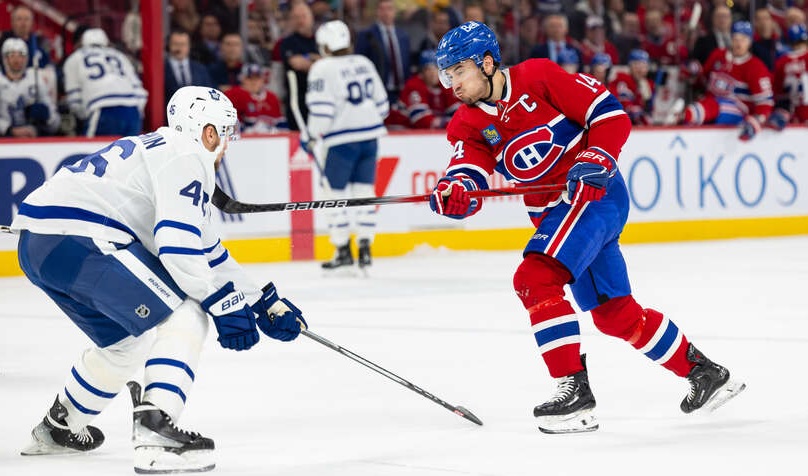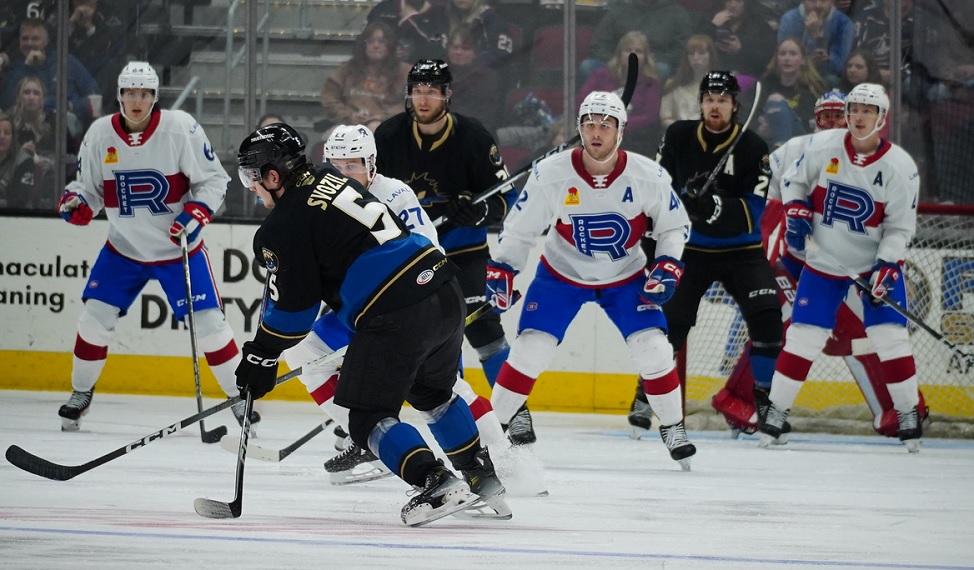HabsWorld.net --
Coming off two big wins this past week, the Habs are set to square off against the Rangers at the Bell Centre Saturday. Despite being so close in the standings, the Habs have been utterly dominant against the Rangers. Montreal is 2-0 against their Eastern Conference Rivals this season. Dating back to last year, Montreal is 5-1 against John Tortorella’s squad. But what’s to explain the Habs’ stranglehold over the Blue-Shirts?
At first glance, the Rangers and Canadiens seem to be built in similar fashion. If one were to dig just a little deeper however, it starts to become clear that the Habs have a slight advantage over the Rangers in certain key areas of the game.
Starting in goal, both clubs have all-star calibre work horses in net. Carey Price and Henrik Lundqvist have a .920 and .923 save percentage respectively, both have a GAA hovering around 2.35, and have both started over 40 games. Like most things in Hockey however, the stats don’t tell the whole story. Price holds a definitive advantage in handling the puck. Just prior to this season, Glen Sather reportedly told his Swedish netminder (according to Larry Brooks) that he would have to improve his play around the net, especially in terms of stopping the puck for his defensemen. Price on the other hand, is very comfortable handling the puck, and often makes it difficult to execute the dump and chase against the Habs. When analyzing each team’s defense corps, the differences between the team’s start to get a bit more difficult to find.
Overall, the Rangers’ defensemen have a better +/- rating, while the Habs’ d-men have scored 10 more points. The Rangers’ group has more hits, while the Habs’ group has more blocked shots. Something that should be noted however, is that playing time tends to be more evenly spread in Montreal. Among regularly active Habs D, only Yannick Weber is playing less than 19 minutes per game, while no one is averaging over 24. The Rangers meanwhile, have two men playing over 24 minutes, and tend to carry at least 3 men who play less than 17 minutes. Perhaps the only inference that can be made from this is that the top Rangers defencemen have a higher chance of getting tired out by the end of the game, while the Habs’ D may have conserved more energy, allowing them to finish strong. This may be reaching, but consider that in the last 4 meetings between the two teams, Montreal has scored 86% of the 2nd and 3rd period goals.
Statistically, the team is also similar up front. Only 6 points separate the cumulative scoring of the top six forwards on both teams. Both teams are only separated by 12 goals for overall. Just like the Habs, the Rangers seem to only have 1 offensively productive centre (Brandon Dubinsky and Tomas Plekanec). Like the Canadiens, both teams have only one winger that can fill the net on a consistent basis (Marian Gaborik and Brian Gionta). What the Habs lose in size, they make up for in speed. The major difference between forwards on both clubs is their ability to win draws. The Rangers rank an abysmal 28th in the league with a 46.1 faceoff percentage. The Habs meanwhile, are in the middle of the pack, a full four points higher than the Rangers, with a 50.2 faceoff percentage. Although losing a draw isn’t the end of the world, constantly starting without the puck makes takes its toll throughout the game. Having less control of the puck, leads to less offensive rushes, which lead to fewer shots on goal, which won’t help anyone’s odds of lighting the lamp.
The Rangers look to have their hands full as they leave the city “so nice they name it twice”. The Habs’ defensive depth, speed, face-off ability and of course their all-star goaltender, will make it difficult for the Rangers to leave Montreal with a victory. Too bad the game isn’t won on paper though.

